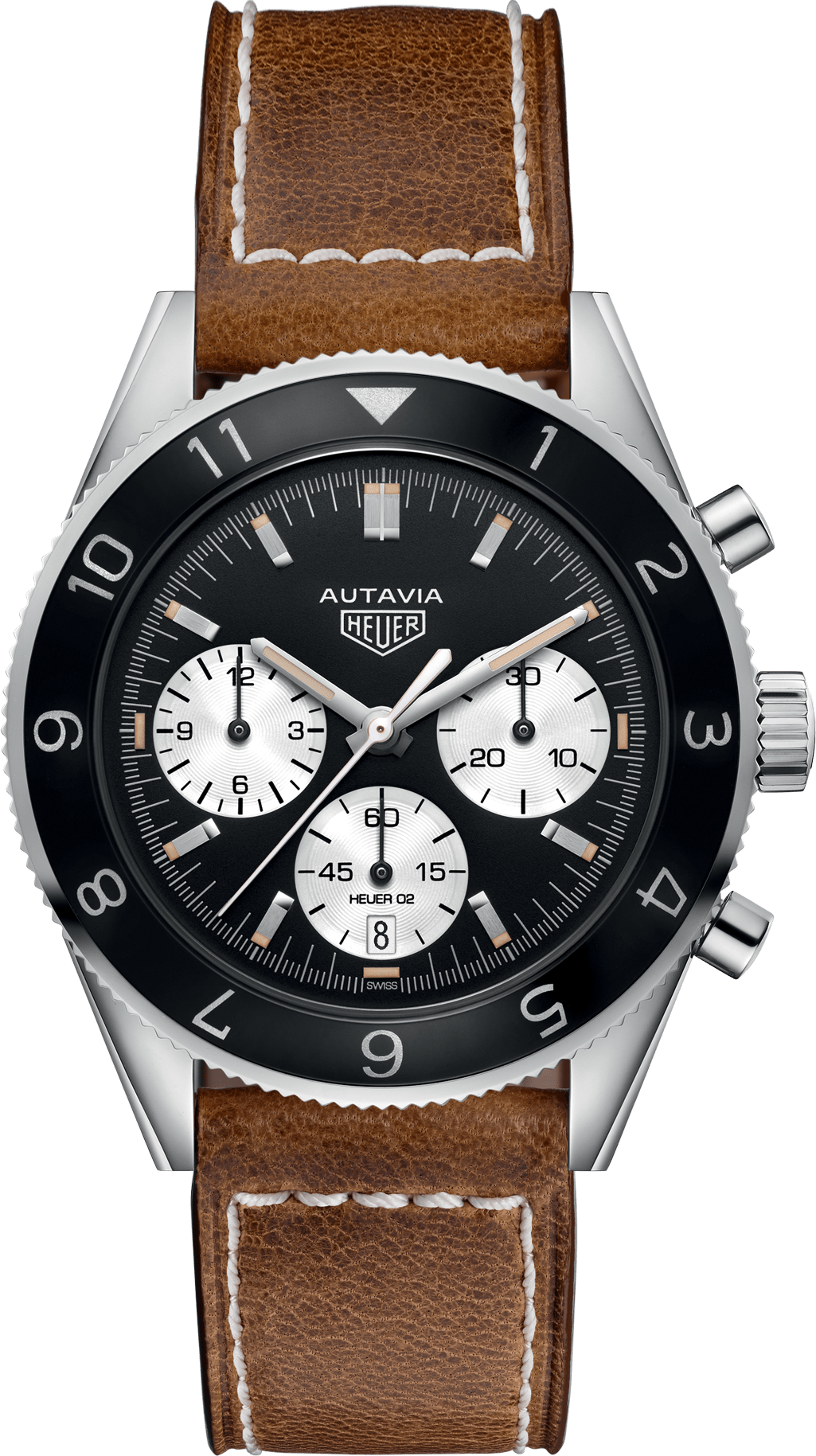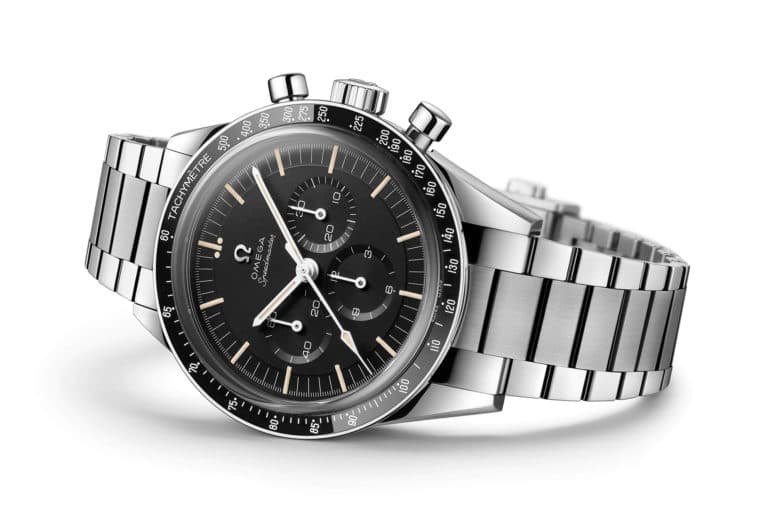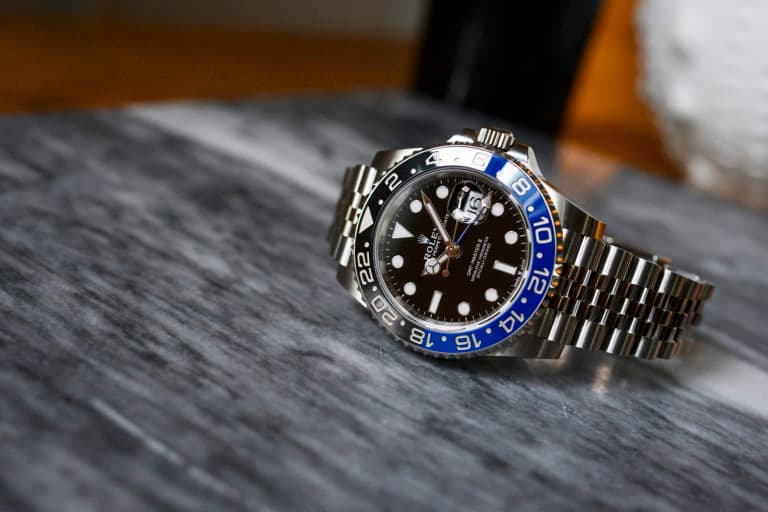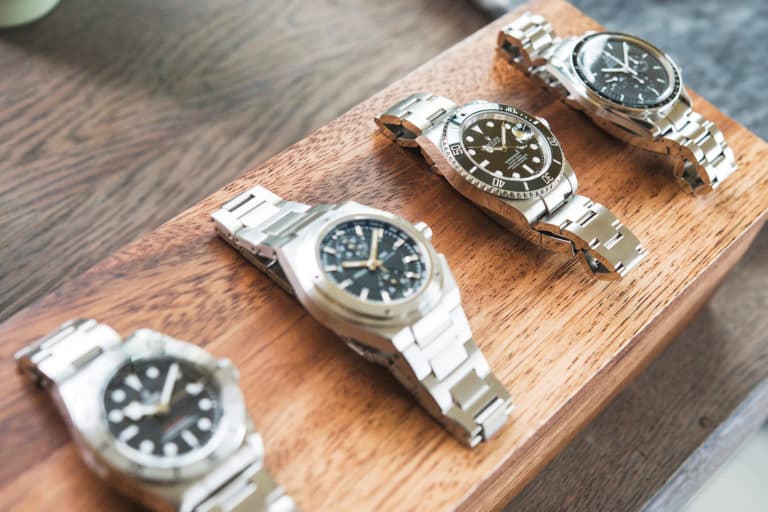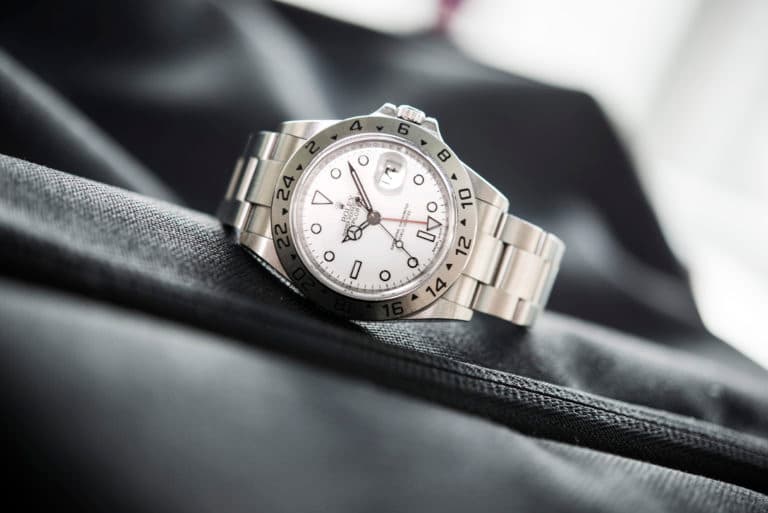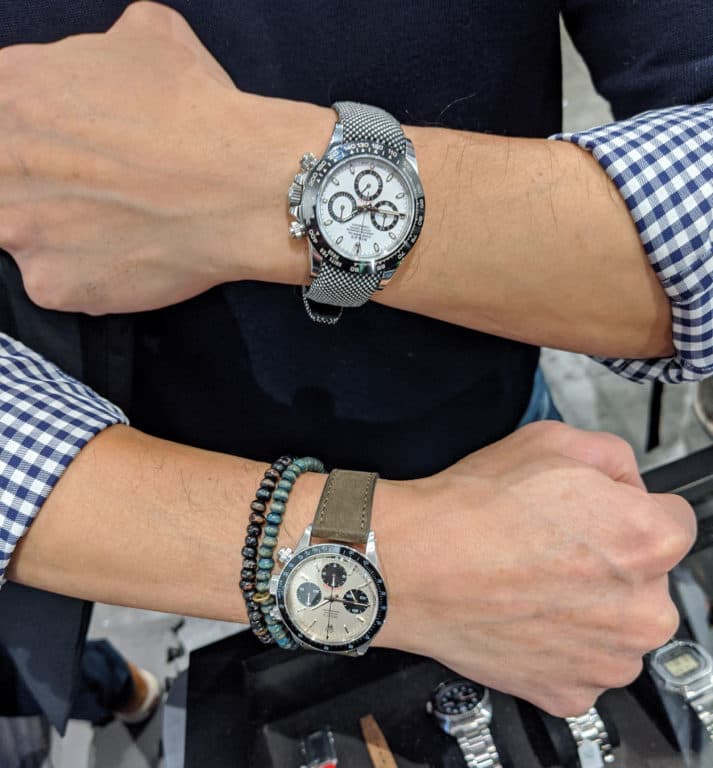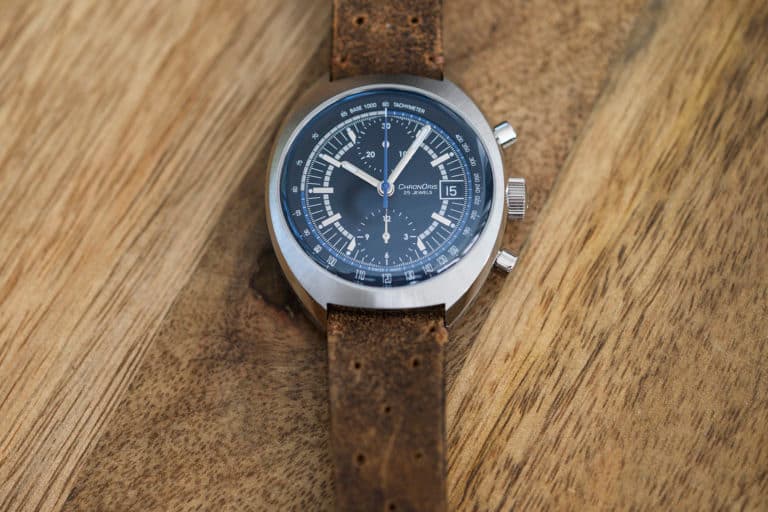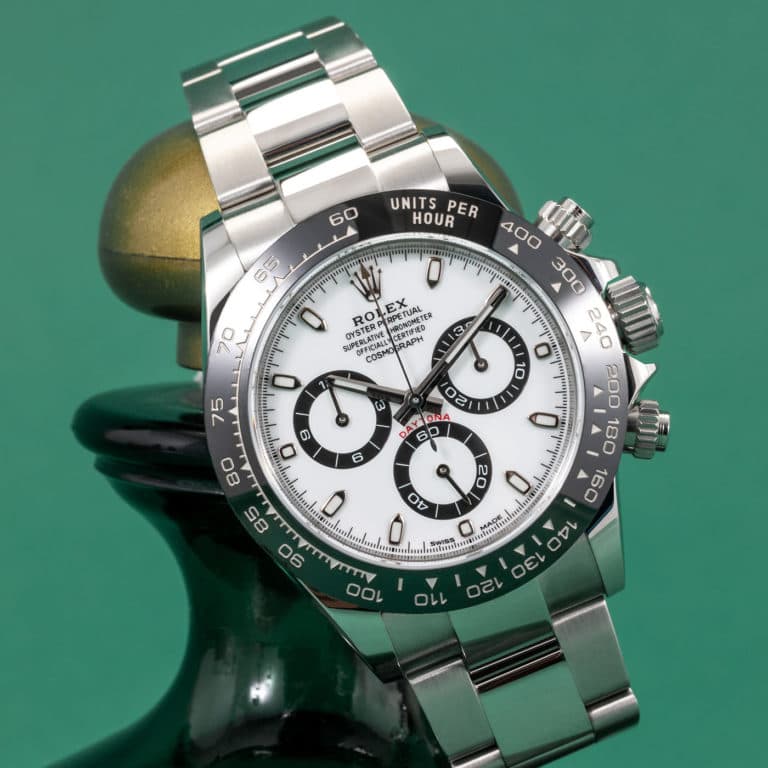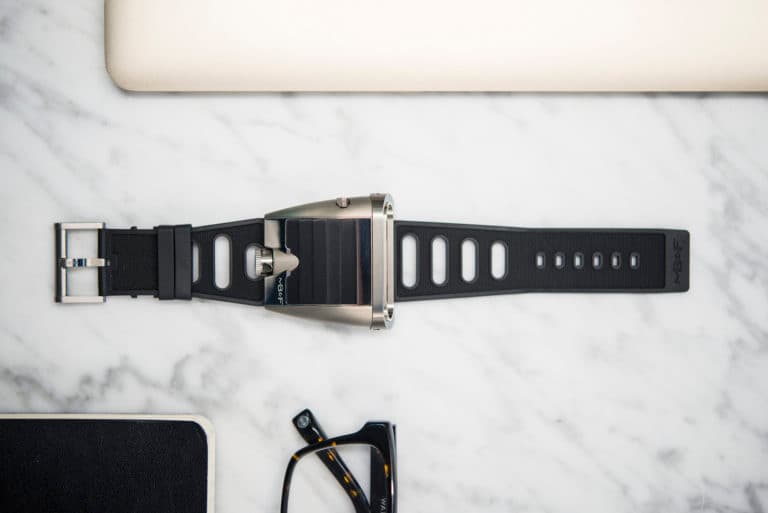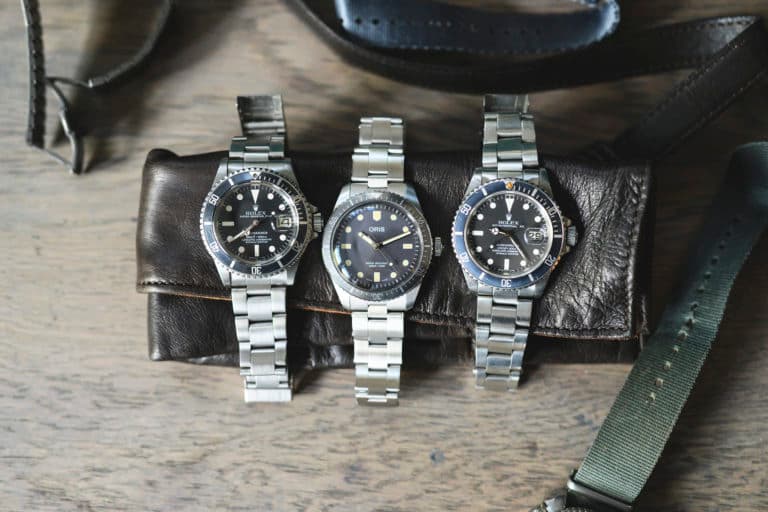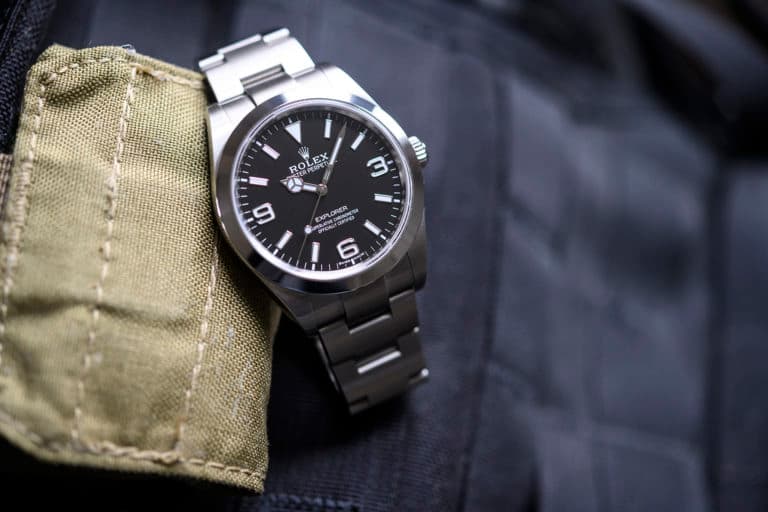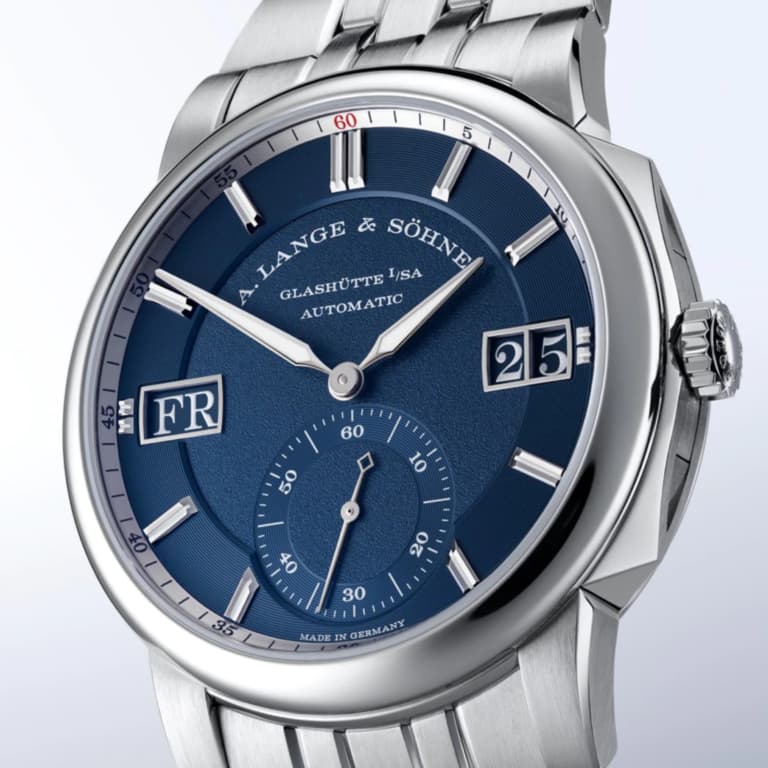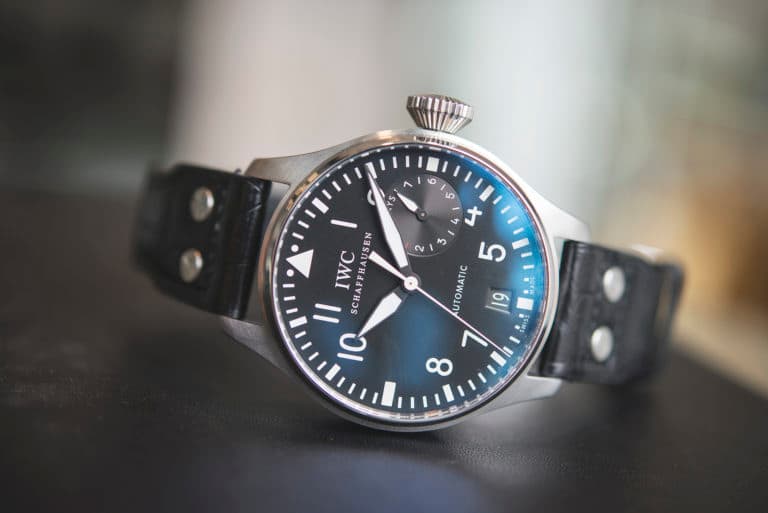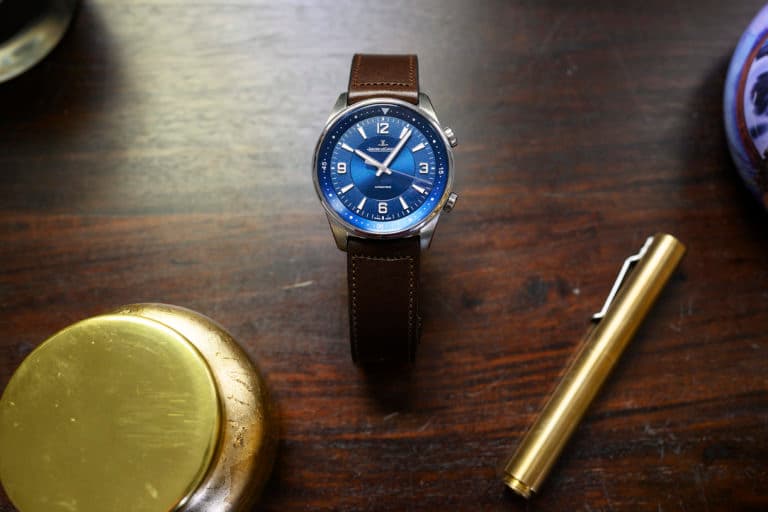The Autavia name holds a great deal of weight in the world of chronograph watches. In an era where sport watches routinely toute their motorsport bona fides, few have the merit to back it up with heritage. The Autavia is one of them. Within the Heuer family, names like Monaco and Carrera loom large in the public consciousness, but it is Autavia that will most likely raise the eyebrows of collectors. To understand why, we’ll dial it back with a brief history of Autavia.
The first Autavia wrist watch was released in 1962, but that’s not where the name originates. Before making the jump to the wrist, an Autavia was a dash mounted stopwatch for use within racing cars and planes. The name itself is a contraction of the words AUTomobile and AVIAtion. It’s fate as a dash clock was sealed when Jack Heuer (great grandson of founder, Edouard Heuer) found it frustrating to read during a rally race in Switzerland in 1958. While he didn’t find the dash stopwatch particularly user friendly, he did like one thing, the name.

Autavia dash mounted timer
So it was, in 1962 Heuer attached the name to a new line of performance oriented chronograph watches under the direction of newly appointed CEO, Jack Heuer. The new Autavia watches featured innovative rotating bezels that served a variety of purposes depending on what reference they were being attached to. For racing, you’d want a reference ending in “T” signifying the tachymeter around the bezel, or if you were diving, you’d look for a reference ending in “P” for a divers bezel, which even included decompression stops if you so desired. Others include a GMT bezel (blue and red), an hours and minutes bezel, and a 12 hour bezel.

First generation Autavia watches are unique for a few reasons. These cases are easy to identify due to their slender lugs, and 36mm case diameter. All employed hand wound Valjoux movements with either 2 or 3 registers along with one that provided a GMT hand. Around 1969 we begin seeing the squared off lugs, but still using hand wound Valjoux movements, filling a small gap before the third generation of Autavia watches would appear. After 1969, Heuer, who was among those to first release an automatic chronograph, began rolling out their chronomatic movement in an entirely new Autavia design featuring integrated cushion cases.

Autavia GMT
The highlight of the third generation of Autavia is the reference 1163, whos white/blue (Siffert) and black/red (Viceroy) colorways would go on to be featured within racing advertisements to sell cigarettes and even on the wrists of drivers themselves, most famously that of Jo Siffert, who wore the blue and white dialed 1163, which today bears his nickname. Jerry Seinfeld can be seen wearing a Siffert Autavia in episodes of Seinfeld as well as his newer Comedians In Cars Getting Coffee Netflix show.

“Siffert” Autavia
Fast forward to 2016 Baselworld, with Jean-Claude Biver at the helm TAG Heuer announces a community driven contest to revive the Autavia. They pitted 16 vintage Autavia references against each other, allowing the community to vote to decide the winning matchups until a winner was revealed. After more than 50,000 votes, it was the 1966 Autavia Ref. 2446 Mark 3 that landed on top. As a result, the following year TAG Heuer released the Autavia 02, a near identical remake of the reference 2446 it’s based upon. The dial is a near 1 to 1 match, with the biggest departure coming at 6 o’clock, a date aperture. Inside things get a lot different, for better or worse, with the use of the Heuer caliber 02, making for much larger and thicker overall watch as compared to the original. The move may have turned off many of the purists out there, but modern tastes are a bit different these days.
Today, TAG Heuer offers the Autavia 02 in black or silver dialed options, each in 42mm steel cases on either bracelet or leather strap. They also offer a 2 register option in the 1972 Special reminiscent of the Viceroy colorway. There have been limited editions created, including a UAE exclusive with brown sub dials, and a HODINKEE release with orange accents.
As of this year, TAG Heuer is also using the Autavia name on a new line of watches dubbed the Isograph which, for the first time remove the chronograph. You can read more about the newest Autavia right here, and shop the whole collection right here.





